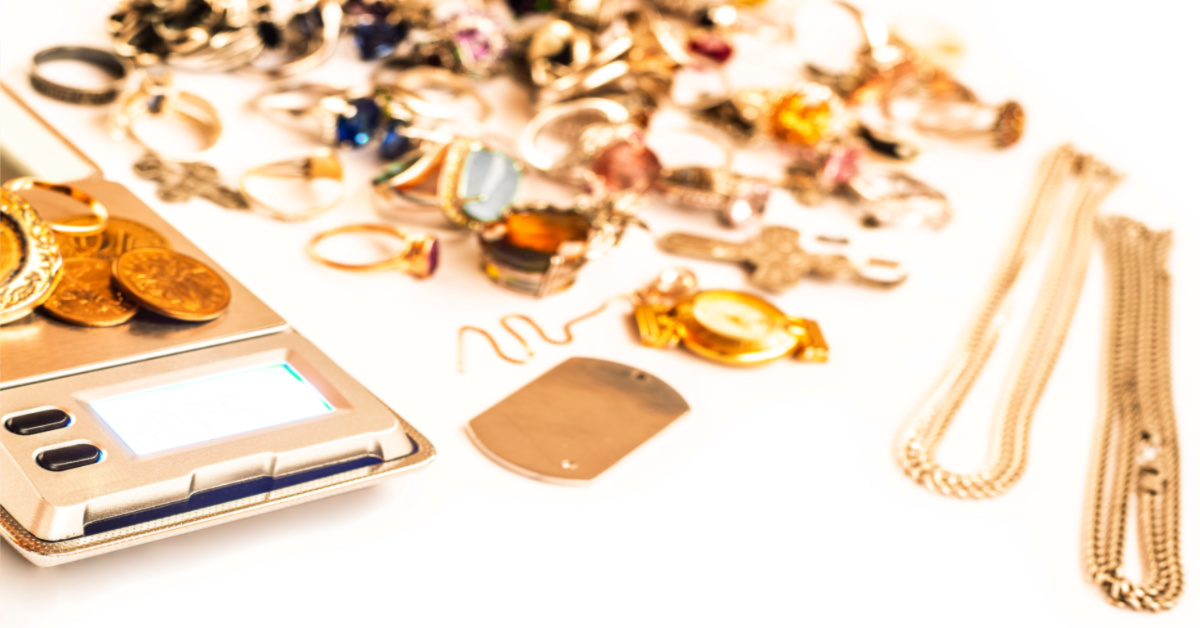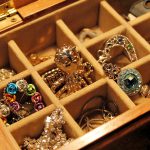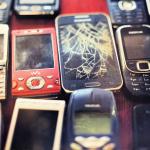In How Do Pawnbrokers Work, we looked at the ins-and-outs of the pawnbroker industry, including how transactions work, how items are evaluated and the pros and cons of pawnshop loans.
But when it comes to pawning, not all things are created equal. What exactly do pawn shops buy, for example, and more importantly, what items are most in demand?
Precious Metals
Jewelry is always in demand at pawnshops, especially if your items are made of precious metals like gold and silver. That’s because precious metals are easy to price and sell. This is especially true of gold and silver bullion, which tend to be 99.999 percent pure.
Another reason pawnbrokers prefer precious metals is they generally appreciate over time. If you’re pawning bullion, it’s likely to fetch 50 percent of its value, while selling it outright will land you between 60-88 percent, depending on the metal and how much of it you have.
When pawning any type of precious metal, however, your stash may be tested to authenticate its melt value. There are several ways to spot fake gold, including a simple scratch test.
If you have precious metal you want to sell, you can also get a quote from us. Just tell us what type of precious metals you have, how pure they are, and we will give you your payout estimate. We are headquartered in New York but we serve customers from all over the country. All you have to do is ship us your lot.
Gems
While precious metals are tops when it comes to pawning, gemstones come in a close second. The rarer the gem, the better the cash value. Most pawnshops don’t have a gemologist on staff, so always bring receipts, certificates or any paperwork that will help authenticate your jewels.
The Top 3 gemstones, according to PawnGuru, are:
Diamonds
Diamond is the world’s most popular gemstone. They are perfect for jewelry because they polish well and can only be scratched by other diamonds. Their value is based on their cut, color, carat and clarity.
Rubies
Rubies, which get their red hue from traces of the mineral chromium, are slightly softer than diamonds. The most precious rubies are deep red in color with a hint of blue.
Pearls
Saltwater cultured pearls account for only about 5 percent of the global pearl production; the other 95 percent are freshwater pearls. According to Natural Geographic, a natural pearl of value is found in less than 1 in every 10,000 wild oysters.
Keep in mind sentimental value, even it’s for a family heirloom, doesn’t translate to monetary value. A quality diamond or gem, however, can net you a four-figure amount.
Collectible Coins
You’ll likely get great value from a pawnshop for your rare coins. Like precious metals, pawnbrokers are able to immediately identify a coin’s value either through price guides or by checking the scrap metal value.
When it comes to collectible coins, however, other factors can affect their value, including:
Rarity – this includes the number of coins that were originally minted. Rarity also takes into account how many of those coins are still in circulation today.
Demand – when demand for a coin outpaces its supply, the value of a coin increases.
Grade – a coin’s wear and condition can also mean significant differences in the value of a coin.
Just like gems, a certification of authenticity or grading papers will considerably up the price you can get for your coins. Here are some tips for verifying coin authenticity.
Remember most pawnshops don’t want to buy your items; they simply use them as collateral against a loan. Manhattan Gold & Silver services industries that use gold, silver, platinum or palladium through the course of their own business, including pawnbrokers.












